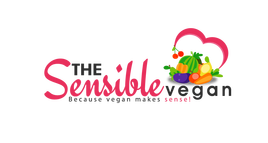|
I have always considered myself to be healthy and fit. I was an athlete growing up and throughout college. I consistently worked out, and I was in the gym regularly. My diet consisted of mostly fruits and vegetables, and I ate turkey, fish, chicken, and dairy as well. I rarely ate fried food or junk food. I had pretty much maintained my weight....until I became pregnant with my daughter. I gained 70 lbs during my pregnancy!
By the grace of God, I had no complications during my pregnancy. I didn't develop pre-eclampsia or gestational diabetes. I walked daily on the treadmill up until a week before I gave birth, and I delivered a healthy, beautiful daughter the day after my birthday! Following the pregnancy, I had a huge health scare. My husband and I were out running errands, and I blacked out and woke up in an ambulance. I was suffering from exhaustion, dehydration, and sleep deprivation. That wake up call fueled my mission to get back in shape.
It took me 11 months, and I lost all of the weight I had gained during the pregnancy. I did home workouts and restricted my calories and saw results. I thought I was doing great with my diet and nutrition other than occasional digestive problems that I would have. And then things changed. Around January of 2016 the digestive problems got worse, and I started developing aggravating patches of bumps on my hands and face. They would appear and disappear constantly.
This photo was taken February 17, 2016
This photo was taken May 26, 2016, approx three months later.
I was browsing through Netflix, and I found the documentary, Vegucated, and watching that documentary is one of thereasons why I am vegan today. I have been vegan since February 2016, and I quickly noticed remarkable differences. Does being vegan clear your skin? The answer for me is a definite yes. As you can see from the photo above, the mysterious rash disappeared, and I have not had any more of these outbreaks. I have not had any digestive problems since I stopped eating meat and dairy. After becoming vegan I lost twelve pounds in the first three months. My quick tips for vegan weight loss are educate yourself, keep it simple, and stick to your plan.
From easy, plant based meal plans to vegan workouts, there is so much great vegan nutrition and weight loss information out there. My skin definitely improved, and I will do a post soon about my favorite vegan makeup and vegan skin care products as well.
I feel great, and from time to time people tell me that my skin glows! I agree! I am enjoying educating myself on all things vegan, I love creating and trying new recipes for myself and my family, and I have created and joined some amazing, informative, and educational vegan forums and groups.
Before and After After becoming vegan and starting The Sensible Vegan, I was contacted by Health Magazine. I was honored to have my vegan story featured. I was really getting into a great fitness routine and felt healthy and strong. I had a photo shoot with the magazine, and three weeks later tragedy struck. I was rear ended in a car accident and ended up having to have shoulder surgery. Three weeks after my surgery I was rear ended again!
The recovery from the surgery was grueling. I went through extensive physical therapy, and eventually made a full recovery. I relied on my faith, and I truly believe that my vegan lifestyle attributed to my turn around. Even after this setback, I was contacted by Woman's World Magazine and was featured in a story where Dr. Oz highlighted some of my nutrition tips.
I continue to learn more and more each day about veganism and animal advocacy, and I enjoy experimenting with ingredients and creating new vegan recipes. Stay tuned for more updates in the future!
As an Amazon Associate I earn from qualifying purchases.
3 Comments
Since becoming vegan, I have encountered similar statements and questions from many non-vegans. I often get asked, "Where do you get your protein?" On several occasions I have been told, "You need meat in your diet." Well, actually that is very untrue! There are many sources of vitamins, minerals, iron, protein, and much, much more in a plant base diet. In this post, I will break down one of my steamed veggie plates. The nutritional content is phenomenal! Black Beans. Black beans are a staple in many of my meals. From burritos to quesadillas, they are nutritious, inexpensive, and very versatile. They are a great source of protein, fiber, and antioxidants. Studies show that consuming black beans aids in preventing weight gain, heart disease, diabetes, and certain cancers. A serving of one cup contains 15 grams of protein! Sweet Potatoes. Sweet potatoes are another nutritional powerhouse with amazing benefits. They are fat-free, high in vitamin A, and high in carotenoids. One large sweet potato contains more than 100 percent of the daily recommended intake of vitamin A. Vitamin A helps maintain healthy vision, healthy skin, and also boosts the immune system. Carotenoids are the phytochemicals in brightly colored fruits and vegetables. They aid in disease prevention including several types of cancers. Kale. Kale is a nutrient-packed superfood with a long list of health benefits. Adding kale to your diets aids in everything from healthy digestion, strong bones, lowering cholesterol, and reducing heart disease. Just one cup contains over the daily recommend allowance of vitamins A and C and almost 10 percent of the daily recommended allowances of iron and calcium. Broccoli. Broccoli can be used in many ways. It can be steamed, eaten raw, used as a topping for pizza-the possibilities are endless. Broccoli is a great source of fiber and vitamin D. Studies show that broccoli contains cancer fighting components and also aids the body in the detoxification process. It is also an excellent source of protein. Brown Rice. Brown rice has great health benefits. It's high in fiber, and selenium. Selenium is a trace mineral that has been proven to drastically reduce the risk of colon cancer. Brown rice also contains plant lignans that aid in preventing hear disease. It contains magnesium and has been shown in studies to be helpful for lowering high blood pressure and reducing the risk of heart attack and stroke. Incorporate some of these into your weekly meal plan, and you will begin to see amazing results. I know I did! Milk. Many people say they absolutely cannot live without it. A vast number of people are allergic to it. It has been an ongoing topic of debate. While many physicians and nutritionists sing its praises, there is a growing population that believe differently. I cannot remember which documentary I was watching, but the narrator made a bold statement that really struck a chord with me, "Humans are the only species that regularly drink the milk of another animal." Lambs drink milk from their mother. Piglets drink milk from their mother. Foals drink milk from their mother. Babies drink milk from their mother. Calves suckle or drink milk from their mother. Webster's dictionary defines suckling as "a young unweaned animal." It also defines wean as "to start feeding (a child or young animal) food other than its mother's milk." When a baby or young animal suckles or breastfeeds, a bond is created between the mother and the child or baby animal. The mother's milk provides nutrients that are vital for growth and development. Although this is a known fact, calves of dairy cows face a harsh reality every single day. According to Science Daily, early separation of cow and calf has lasting, negative effects. Although the milk from the mother should be for her calf, it is taken almost immediately to be processed for human consumption. "Calves of dairy cows are generally separated from their mothers within the first 24 hours after birth. The majority of the milk thus enters the food market and not the stomachs of the calves." In a study published in the journal Applied Animal Behaviour Science, the harsh outcomes of removing a calf from its mother is further examined. This process produces stress and anxiety in both the mother and the calf. "Drinking milk is a big tradition in Austria. The country produces 3.4 million tons of milk a year. To help achieve this volume, dairy cows are typically separated from their calves just a few hours after giving birth. The calves are then fed milk or milk substitute via bucket or from an automatic feeder. The amount of milk the calves receive is usually much less than they would drink from their mothers. Calves and cows are therefore unable to form a relationship. After a few days or weeks in single housing, the young animals are usually transferred to a calf group." The USDA states that more than 200 billion pounds of milk are produced per year--milk that is intended for calves of course. I researched the lives of dairy cows, and I am truly appalled by an industry that deliberately gets a female pregnant, allows her to give birth, greet, and begin to bond with her newborn, remove her baby—and in most cases send her calf to be slaughtered before they have even experienced a week of life.
|
About Tabatha JamesTabatha James is a wife, mom, and children's book author navigating her way through a vegan way of life! Vegan Archives
February 2024
Vegan Categories
All
|

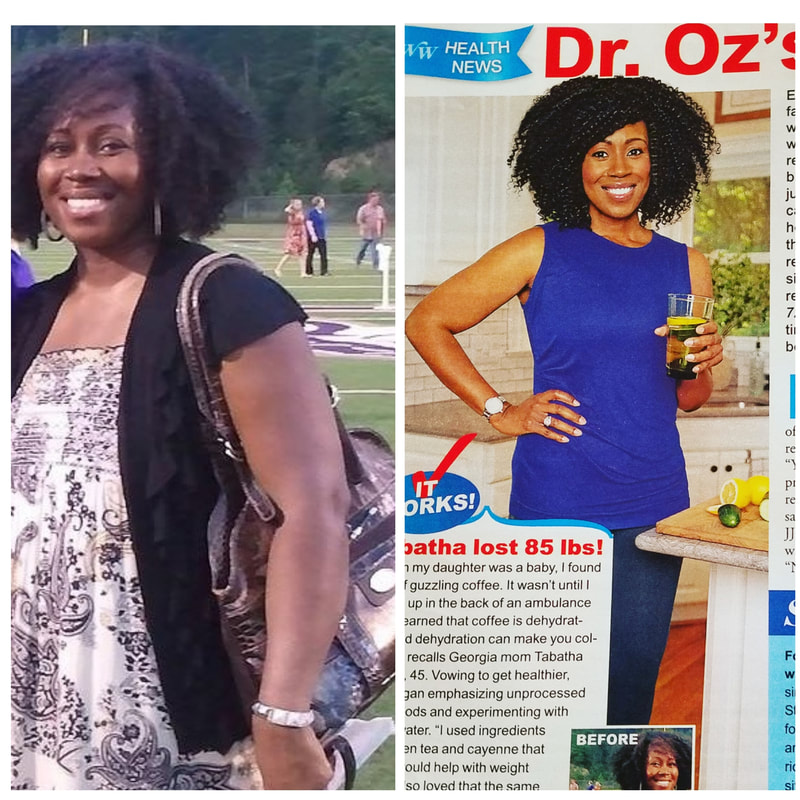

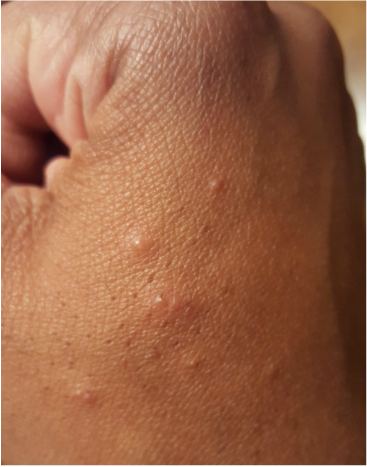
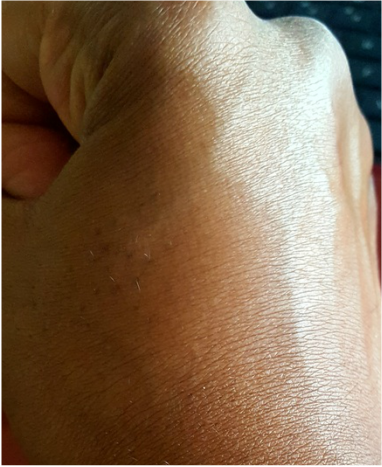

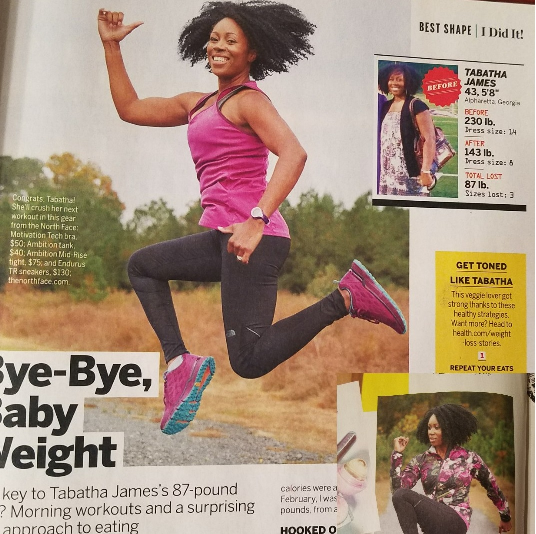
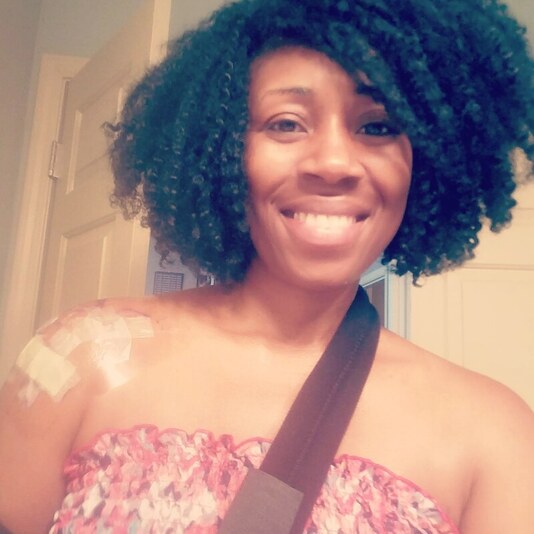
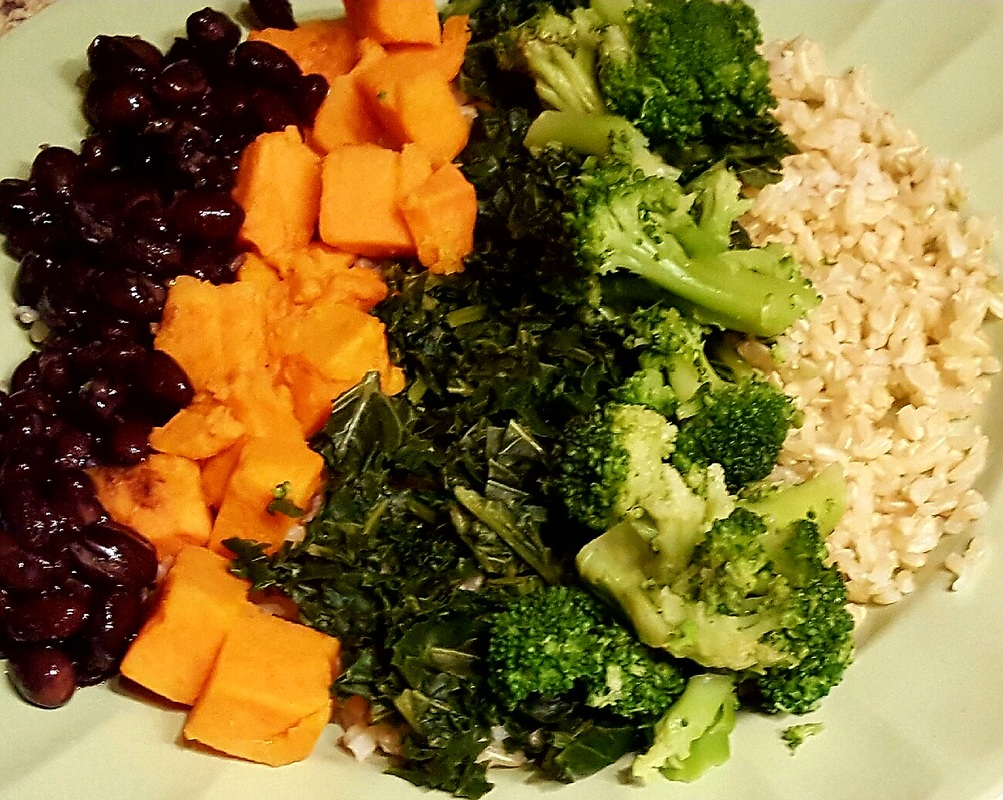
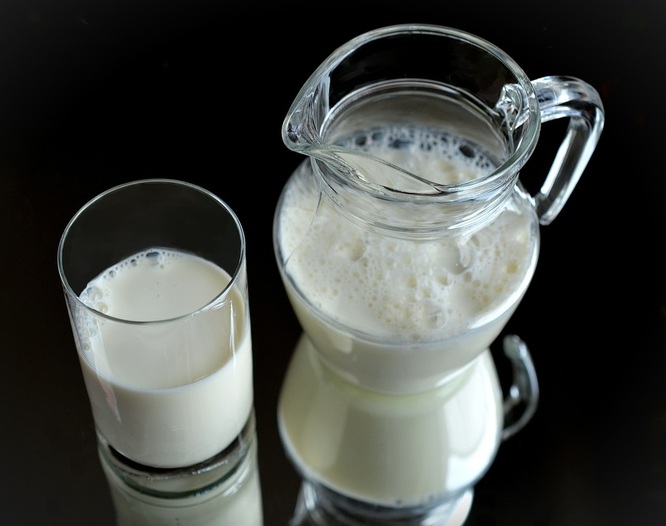
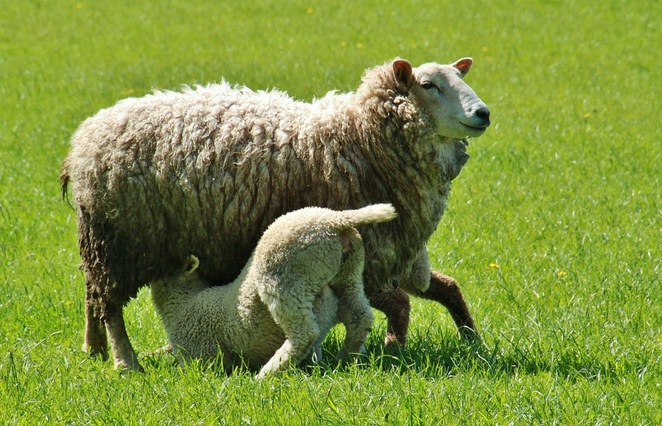
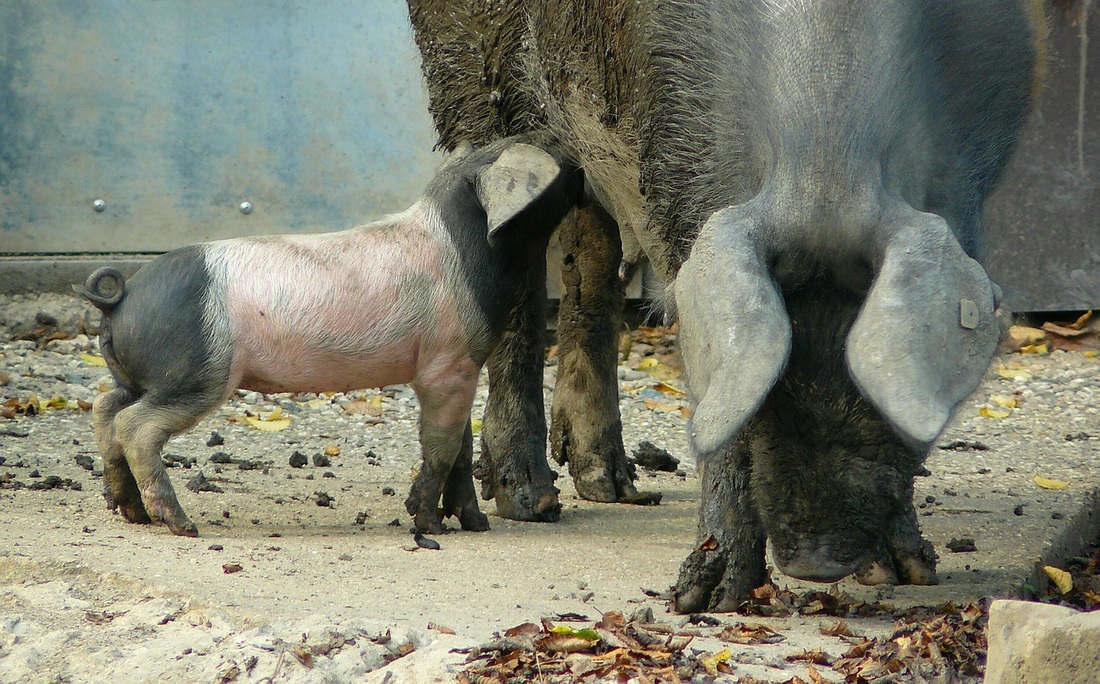
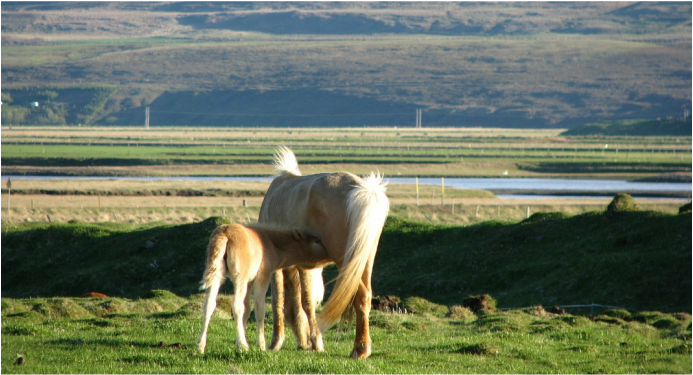
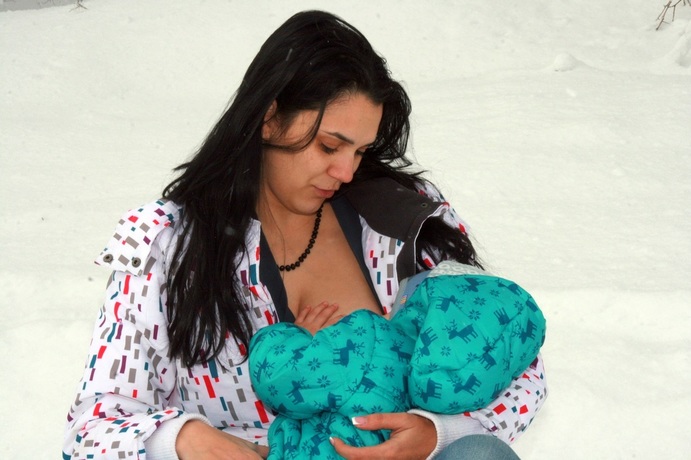
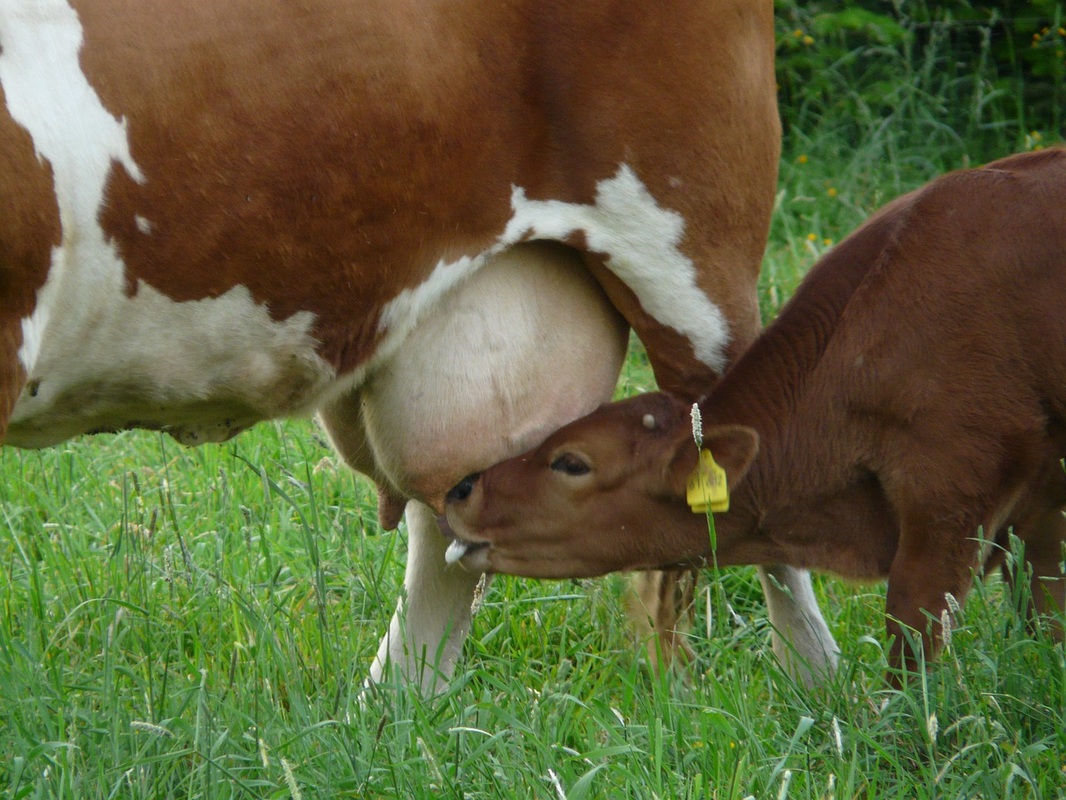
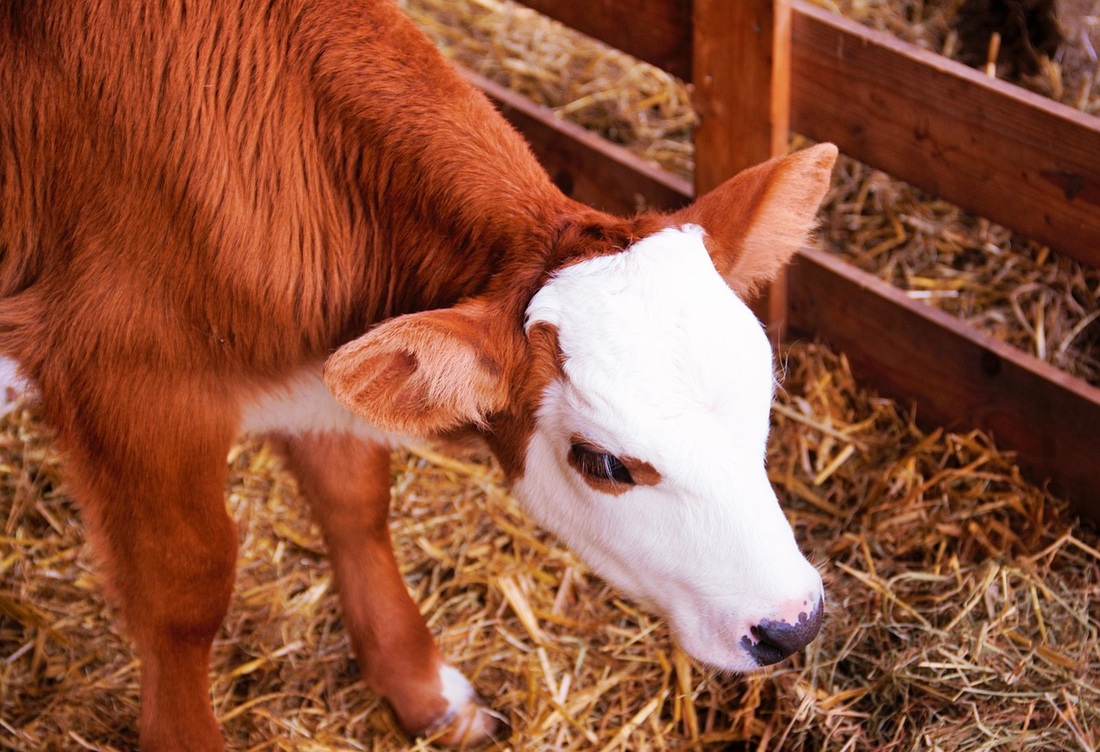
 RSS Feed
RSS Feed
